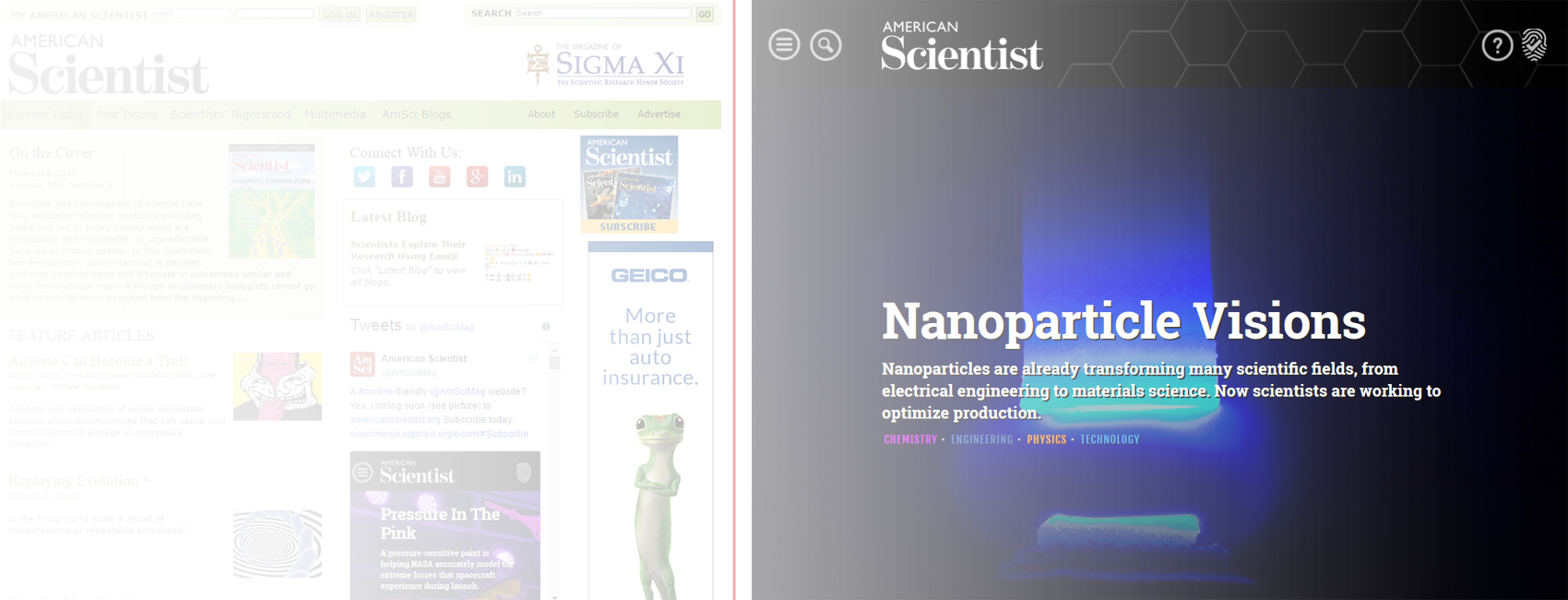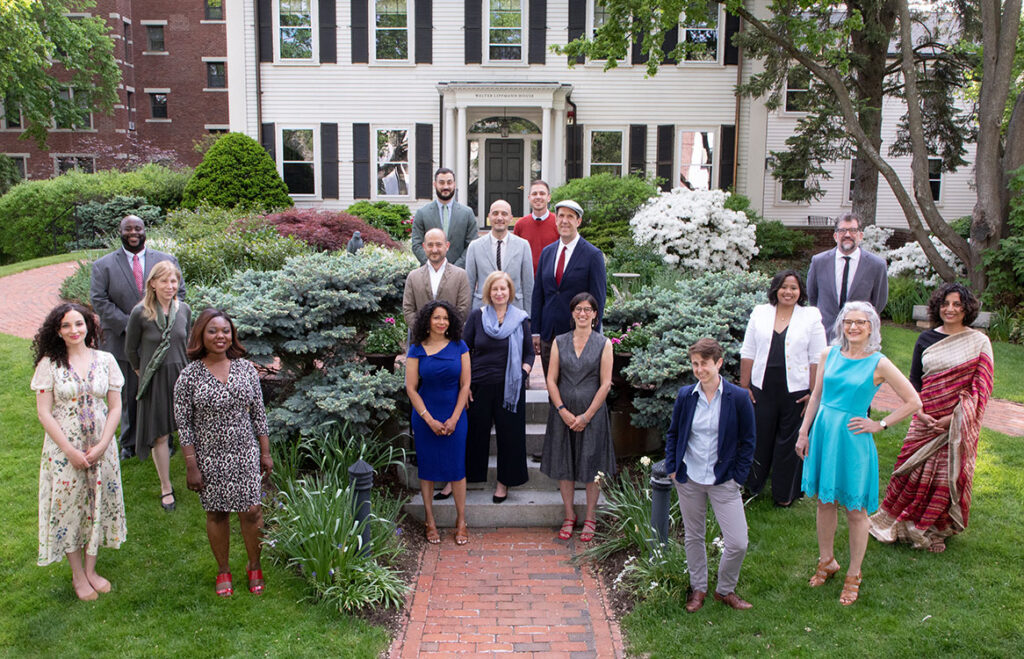I report, write, edit, review, design, draw, produce, host, speak, code, coach, mentor, teach, consult....
This semester for Harvard's journalism program, I'm serving as a Capstone Director for the final projects of journalism masters' students.
Overall, I enjoy helping others tell compelling stories, whether feature articles as a Capstone Director for journalism masters' students, podcasting (last fall's syllabus), or stories that incorporate science (syllabus) or wicked problems such as addressing climate change (syllabus).
From the experience especially of teaching the new courses on science and climate change reporting, I wrote a couple of articles for Nieman Reports:
Why Climate Change Stories Need More Context and
Why Every Science Story Needs the Right Kind of Caveats.
I served as the inaugural Chief Content Officer / Editor-in-Chief at the Global Virus Network. The idea was that the GVN was strategizing for a new publication to help prevent future pandemics.

Starting in April 2023, when I was recruited from my position as digital managing editor at American Scientist I led the GVN through a strategic planning process. After we built and launched an intranet and re-focused the organization's mission on training virologists in low- and middle-income countries where many viral outbreaks tend to occur, I parted with GVN in October 2024.
Yes, I'm always up for collaborating on projects.

This one, The Cognitive Science of Deception and Disinformation, began in 2023 with funding from the Pulitzer Center. It was published in spring, 2024 on OpenMind, for which I drafted scripts, coached voicing, edited and produced the podcasts.
For the 2020-2021 academic year, I was a Nieman Fellow studying trust in science and in journalism.
After the fellowship, I taught a science journalism class I created for Harvard's Summer School.
From 2015-2023 (except the fellowship absence), I was the Digital Managing Editor at American Scientist.

Even as Digital Managing Editor, I wrote for both the magazine and website, relaunched and hosted the podcast, redeveloped the magazine's website as project manager (for which we won an award), and helped create the magazine's first digital-first feature (for which we also won an award), a long-term goal that began with the website redevelopment.


"New Website: Better, Faster, Stronger..."
See the full award-winning digital feature: Putting Eggs in Many Baskets.
Below are a few highlights of my multiple-media work at American Scientist.
Below are two examples of how I like to use images to convey ideas. Clicking/tapping the images will take you to a blog post "Gendered Communication" (with podcast) and a magazine article "Heart Waves" (with podcast).
From 2011-2015, I freelanced and experimented with storytelling.
Among many projects, I gave my first Ignite Talk at the National Association of Science Writers meeting, interviewed John Branch for The Open Notebook, helped PNAS launch the news section of its magazine, started The Conjectural, and contributed to The Science Writers' Handbook (Da Capo, 2013).
From 2007-2011, I was on staff at Science magazine.
Officially, I was Associate Online Editor and promoted to Web Editor in 2009. Unofficially, I was Science's first multimedia journalist. Half of my work week was dedicated to the weekly Science podcast as reporter, editor, producer, interviewer and host.

We took the podcast to the #3 spot in Science & Medicine podcasts on Apple's iTunes (now Apple Podcasts). It was also a "Staff Pick." Here's a representative of the weekly show featuring:
- researchers Kerry Kawakami, Laura Harrington, and Ron Hoy
- journalist Carl Zimmer
- Science's Deputy Editor Barbara Jasny and
- Science's Online News Editor David Grimm
My beat was the original research published in Science. I also did original reporting for podcasts and videos, helped to launch the magazine's various social media feeds/channels, and contributed to multiple-media online projects.
Embedded above is an on-camera report I did and
here's a longer playlist of some of the videos I made at Science.
From 2005-2007, I was the inaugural Science Reporter at St. Louis Public Radio,
where I also contributed to NPR and The Associated Press.
The position was part-time and grant-funded, so I traveled down from my home in Michigan each week. I spent two nights in the dorms on the campus of the University of Missouri - St. Louis, where the station was located at the time. I produced a lot of stories, won an Excellence in Journailsm award from the Greater St. Louis Association of Black Journalists, and even got a few stories on the national network.
From 2003-2005, I freelanced—finishing up my master's degree in applied mathematics in 2004.
During that time also reported stories for the NPR network and wrote my first major newspaper story, which was published by The Dallas Morning News.

I got my start as a science journalist in 2003
thanks to a AAAS Mass Media Science and Engineering Fellowship
while pursuing my master's degree in applied mathematics.
I produced two dozen stories that fellowship summer for Community Radio for Northern Colorado (KUNC-FM). This one below I pitched to the network—my first national story.




